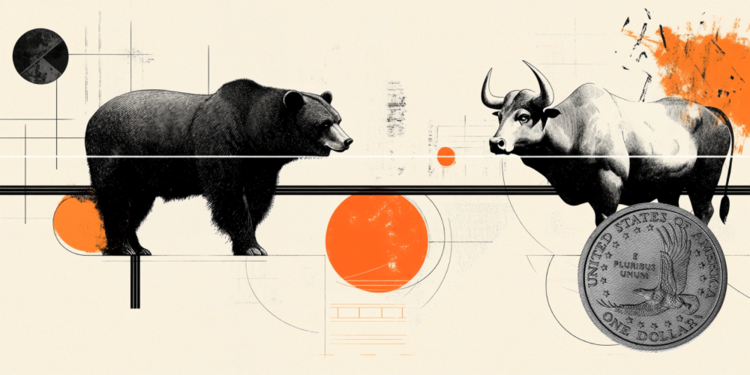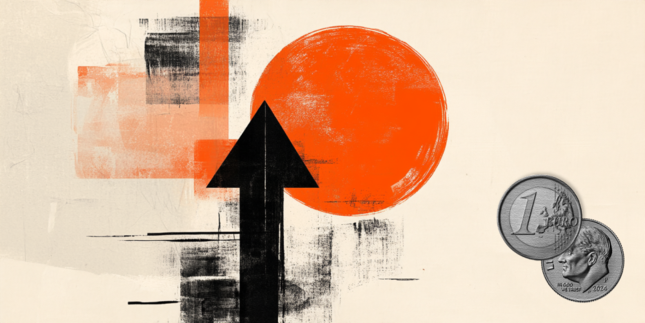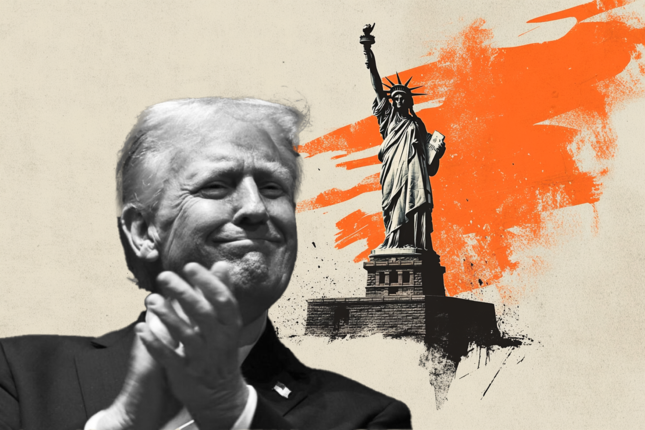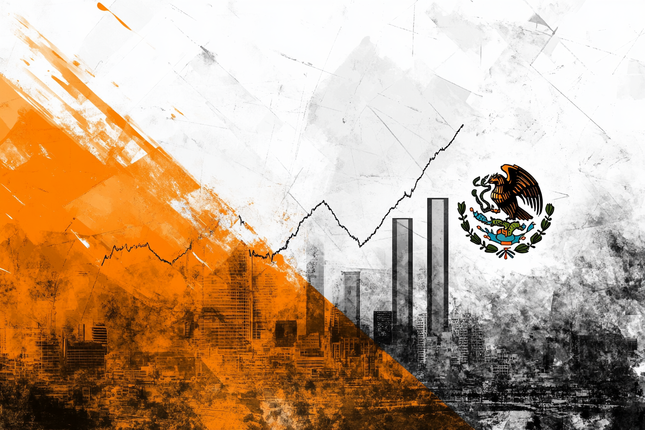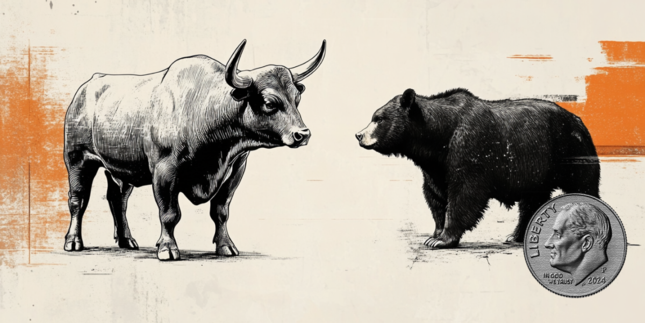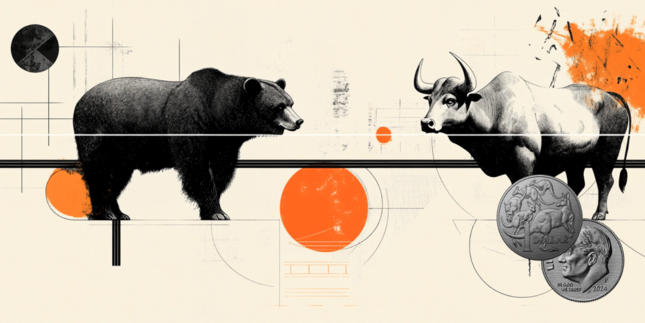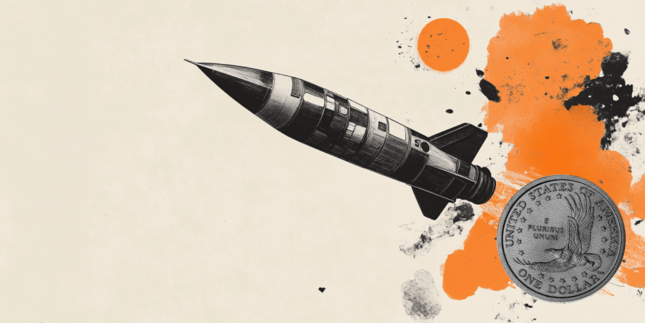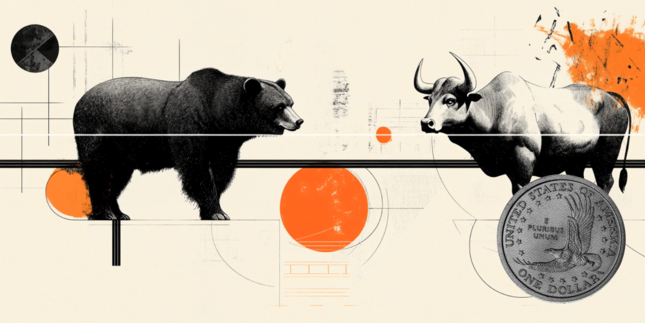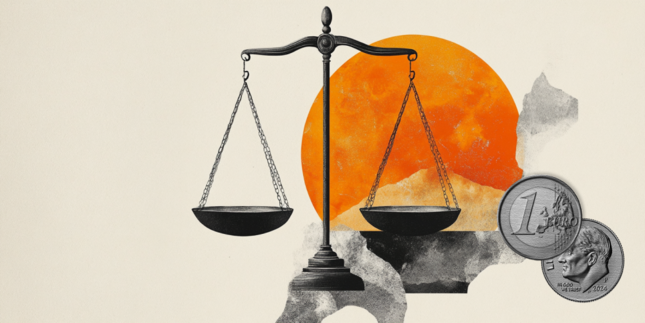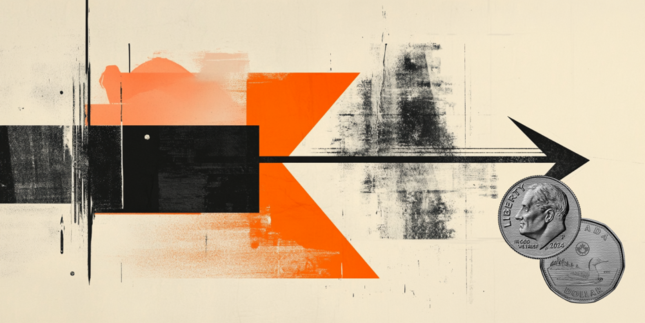US Dollar presents battle on quiet Monday, Trump comments
- The US Dollar Index recovers earlier losses, stabilizing around 106.50.
- Euro pares gains after CDU leads German elections, easing political uncertainty.
- Markets focus on upcoming US GDP and PCE data later this week.
- US President Donald Trump set to deliver a speech amid growing trade tensions.
The US Dollar Index (DXY), which measures the US Dollar’s (USD) performance against a basket of six major currencies, recovers on Monday after an initial downturn, stabilizing around 106.50. Early losses triggered by upbeat German election results faded as the Christian Democratic Union (CDU) secured a leading position, calming market fears. During the American session, US President Donald Trump confirmed that tariffs on Canada and Mexico will go forward but failed to trigger a significant reaction on the buck.
Daily digest market movers: US Dollar steadies amid geopolitical and economic developments
- US Dollar Index recovers from Asian losses as German election results ease political concerns.
- Christian Democratic Union (CDU) leads the German elections, dampening Euro rally amid reduced political uncertainty.
- Investors await key US data releases, including Q4 2024 Gross Domestic Product (GDP) on Thursday.
- January Personal Consumption Expenditures (PCE) data set for release on Friday, potentially influencing the inflation outlook.
- Chicago Fed National Activity Index for January due later on Monday, offering insight into economic activity trends.
- US President Donald Trump is expected to speak later today, potentially addressing trade policy and tariffs.
- Tariffs set to take effect over the weekend could weigh on global trade sentiment.
- Personal income and spending data are expected alongside PCE figures for January.
- Q4 GDP figures are anticipated to confirm steady economic growth, supporting a positive outlook for 2025.
DXY technical outlook: Bullish momentum remains fragile
The US Dollar Index is attempting to stabilize around 106.50, with efforts to reclaim the 100-day Simple Moving Average (SMA) at 106.60 underway. Despite a mild rebound, technical indicators remain weak. The Relative Strength Index (RSI) and the Moving Average Convergence Divergence (MACD) suggest a continued bearish sentiment, though some recovery signs are emerging. Resistance lies at 107.00, while support remains firm around 106.00. A break above the 106.60 mark would signal a potential shift in momentum, but the bullish push remains fragile for now.
GDP FAQs
A country’s Gross Domestic Product (GDP) measures the rate of growth of its economy over a given period of time, usually a quarter. The most reliable figures are those that compare GDP to the previous quarter e.g Q2 of 2023 vs Q1 of 2023, or to the same period in the previous year, e.g Q2 of 2023 vs Q2 of 2022. Annualized quarterly GDP figures extrapolate the growth rate of the quarter as if it were constant for the rest of the year. These can be misleading, however, if temporary shocks impact growth in one quarter but are unlikely to last all year – such as happened in the first quarter of 2020 at the outbreak of the covid pandemic, when growth plummeted.
A higher GDP result is generally positive for a nation’s currency as it reflects a growing economy, which is more likely to produce goods and services that can be exported, as well as attracting higher foreign investment. By the same token, when GDP falls it is usually negative for the currency. When an economy grows people tend to spend more, which leads to inflation. The country’s central bank then has to put up interest rates to combat the inflation with the side effect of attracting more capital inflows from global investors, thus helping the local currency appreciate.
When an economy grows and GDP is rising, people tend to spend more which leads to inflation. The country’s central bank then has to put up interest rates to combat the inflation. Higher interest rates are negative for Gold because they increase the opportunity-cost of holding Gold versus placing the money in a cash deposit account. Therefore, a higher GDP growth rate is usually a bearish factor for Gold price.
Forex News
Keep up with the financial markets, know what's happening and what is affecting the markets with our latest market updates. Analyze market movers, trends and build your trading strategies accordingly.
